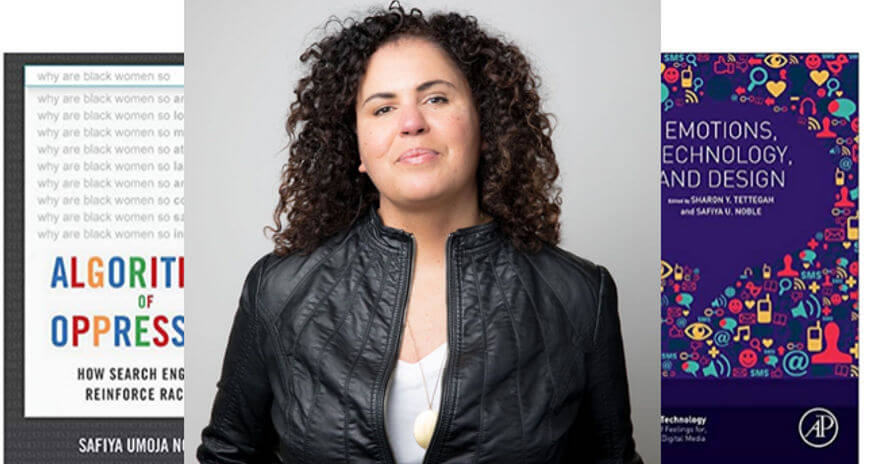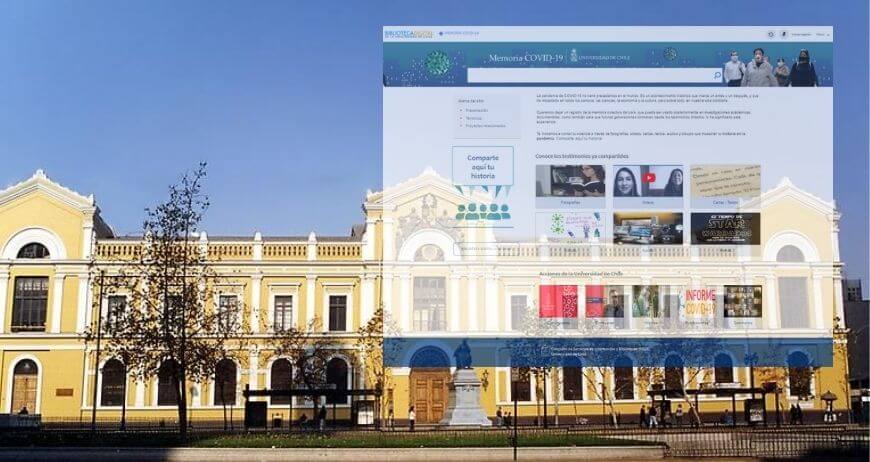Marliese Thomas, Solutions Architect, Ex Libris North America
You’ve met us at presentations and conferences. You’ve heard us during webinars. But what exactly is a Solutions Architect at Ex Libris?
Simply put, we are librarians. Yes, we all hold a MLS/MLIS and have extensive experience with library systems. But now, in our current positions, we work as librarians, too. Just our patron base and collection focus has changed.
So, you’re a librarian. Your goal is to help present your collection options to patrons, help educate them to make their own informed decisions, and leave them comfortable navigating the system on their own. You answer questions virtually and in person, and you schedule sessions to talk about how they research and how your resources can enhance that. Does that sound familiar?
That’s exactly what I do, too.
I (and my fellow architects) talk with you and your peers to figure out which of our various solutions will best fit your current and future needs. I meet with you during your consideration and answer any questions about how things work. I also want to understand why you’ve chosen your current workflows and may suggest ways Alma or Primo will allow you to be more strategic. When you have a detailed question, I check our product documentation and consult with Ex Libris experts for the appropriate answer. When you make your decision, you can be assured that you understand our systems’ abilities and interoperability with your current programs.
It’s like talking to someone about information literacy instead of just giving them a book’s location. If you know why they have chosen a certain paper topic, you can be more effective in creating the keywords and choosing resources for that research.
For six years, I worked in university libraries, poking my nose into everything from original cataloging to discovery development to student instruction. Clearly, I am fascinated by the way one library department overlaps and supports another, none truly functioning without the others. So, seeing all the ways libraries are structured, what services they provide and how, is immensely interesting. No one workflow is right for all libraries, and each has evolved to meet its own needs. This makes it all the more fun to dive into the documentation and demo environments to find how Alma and Primo support those numerous and often-changing workflows.
Have you attended one of our demonstrations or webinars? Do you have any questions? Please, let me be your librarian.
You might also be interested in

COVID-19
Librarianship
April 28, 2021 |
11 min read
Trends in Physical and Electronic Resource Usage in U.S. Academic Libraries

COVID-19
Librarianship
April 09, 2021 |
5 min read
National Library Week: Recognizing Libraries as a Reliable and Resilient Force

Alma
Librarianship
April 06, 2021 |
6 min read
Centralizing, Optimizing and Cutting Costs
Great library experiences start with software
Download whitepaper

Alma
Librarianship
March 09, 2021 |
7 min read
Finding the Best Integrated Library System for Small and Medium Library Collections and Management

Alma
Librarianship
February 16, 2021 |
6 min read
A Small Library Staff Can Do Much More Than You Think

Alma
Librarianship
November 11, 2020 |
5 min read
The Big Challenges of Small Libraries

Community
Librarianship
October 14, 2020 |
3 min read
Diversity, Equity and Inclusion: Dr. Safiya Umoja Noble Chats with Ex Libris

Alma
Primo
Community
COVID-19
Librarianship
August 13, 2020 |
2 min read
A Unique Approach to Memorializing 
